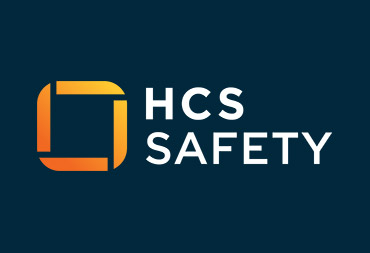Put simply, a confined space is a substantially enclosed area that poses a risk of serious injury from hazardous substances or conditions.
Examples of confined spaces include storage tanks, silos, reaction vessels, pipework, enclosed drains, sewers and small, poorly ventilated rooms.
It will come as no surprise that working in these risky spaces requires specialised training and knowledge from all involved.
This blog examines the risks of working in confined spaces in detail, covering best practices and rules to follow if these scenarios apply to you and your business.
Regulations for Confined Space Work
The Confined Spaces Regulations 1997 is the primary legislation governing confined space work. These regulations outline the duties of employers and employees, risk assessment requirements, and the need for emergency arrangements.
In short, employers must ensure that all work in confined spaces is properly planned, supervised and carried out by competent individuals.
Risk Assessment and Control Measures
Before any work in a confined space begins, a thorough risk assessment must be conducted to identify potential hazards and determine the necessary control measures.
The assessment should consider hazardous substances, oxygen levels, temperature and the risk of engulfment or entrapment.
Based on the risk assessment, the employer must implement appropriate control measures, including:
- Simply eliminating the need to enter the confined space
- Providing suitable ventilation
- Use of appropriate personal protective equipment (PPE)
- Implementation of safe systems of work
- Establishment of emergency procedures
If a confined space is identified, these controls are the minimum expected. In addition to these risk assessments, employers should also deliver specific training to all involved in confined space work.
Training for Managers, Supervisors, and Entrants
Proper training is essential to ensure the safety of all individuals involved in confined space work. Managers and supervisors should receive training on:
- Identifying confined spaces and associated hazards
- Conducting risk assessments
- Implementing control measures
- Supervising work in confined spaces
- Emergency planning and procedures
Entrants (those who will be working in the confined space) should receive training on:
- The nature of the hazards involved
- Safe systems of work
- Use of personal protective equipment
- Emergency procedures and rescue arrangements
Confined Space Certification and Training
While there is no specific legal requirement for confined space certification, it’s best practice for organisations to provide their employees with proper training to ensure a high standard of safety. This is also essential for complying with confined space working regulations.
Recognised training providers such as HCS Safety offer courses that cover all aspects of confined space work, including risk assessment, control measures and emergency procedures.
We offer the Confined Spaces Awareness Course specifically designed for this type of work, covering:
- Legal requirements for confined space work
- How dangerous is this work?
- What is a confined space – definitions and examples
- UK water national classifications
- Confined space work equipment
- Common confined space hazards
- Confined space risk assessment
- Safe systems of work/permits to work
- Hazardous atmospheres & gas monitoring
- Using escape and breathing apparatus
Summing Up
Working in confined spaces presents substantial risks that require specific intervention.
These can be effectively managed with proper training, risk assessment and controls, all of which must be implemented proactively before the work occurs.
If you’re looking for training courses designed for confined space work, choose HCS Safety’s Confined Spaces Awareness Course.
It’s suitable for managers, supervisors, entrants or anyone else who works in/is involved in confined space work.




